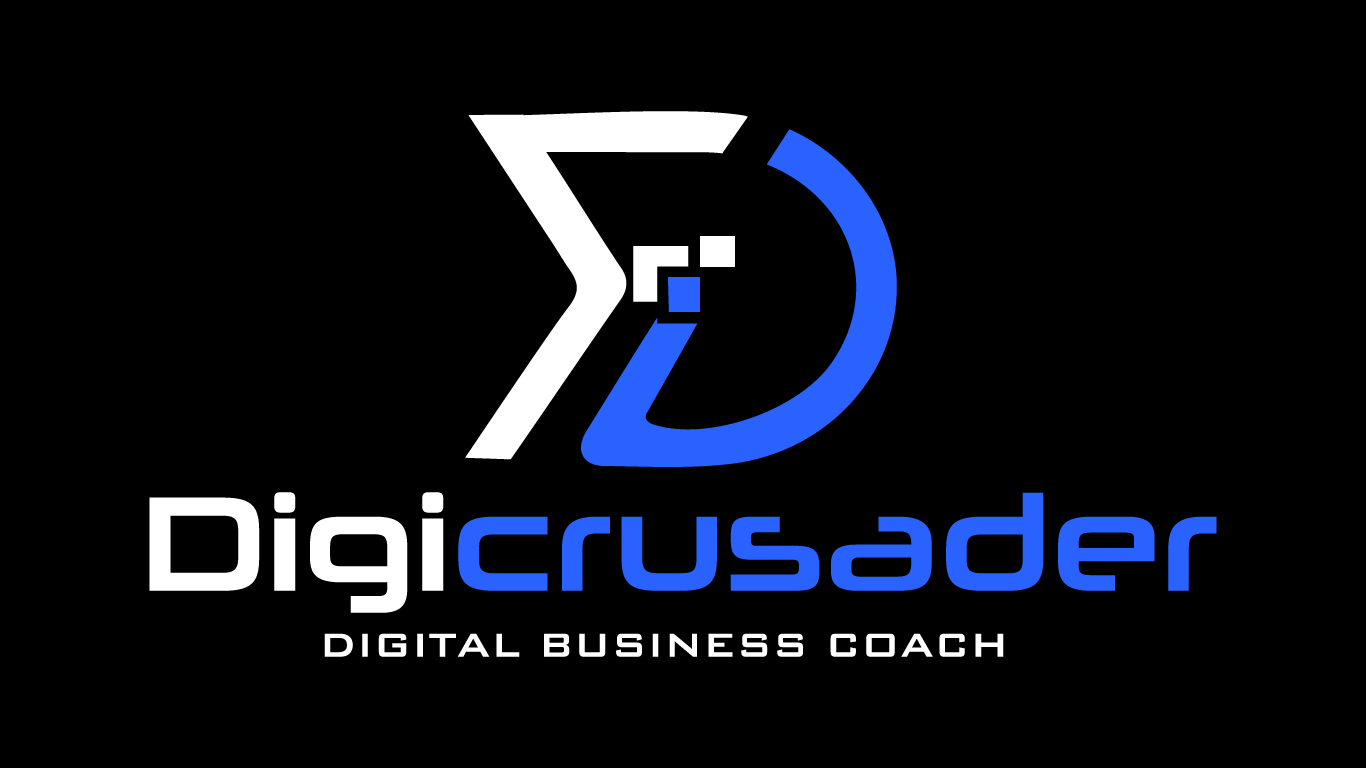In today’s workplace, inclusion and diversity are essential for fostering a vibrant and dynamic atmosphere, not merely catchy buzzwords. Accepting these components boosts an organization’s financial line and fosters employee happiness and increased creativity. We’ll look at thirty doable strategies to increase diversity and inclusion at work in this article. We’ll explore the advantages of diversity, what constitutes a truly inclusive workplace, and practical tactics for promoting diversity and inclusion in a variety of industries, including technology.
1. Create a Diversity and Inclusion Strategy
A robust diversity and inclusion strategy serves as the foundation for all initiatives. It should include clear goals, actionable steps, and metrics to measure progress.
Steps to Develop a Diversity and Inclusion Strategy:
- Assess the Current State: Conduct a comprehensive assessment of your current workplace diversity. This includes reviewing demographic data, employee surveys, and existing policies.
- Set Clear Goals: Define what you want to achieve with your diversity and inclusion efforts. Goals might include increasing the representation of underrepresented groups, improving employee engagement scores, or reducing turnover rates.
- Develop Action Plans: Create specific action plans to achieve your goals. This might involve revising recruitment practices, offering new training programs, or updating workplace policies.
- Assign Responsibility: Ensure that someone within your organization is responsible for driving the diversity and inclusion strategy. This could be a dedicated diversity officer or a committee.
- Measure and Report: Regularly measure your progress against the set goals and report this to all stakeholders. Use this data to make necessary adjustments to your strategy.
2. Conduct Diversity Audits
Diversity audits help identify gaps and areas for improvement within your organization.
How to Conduct a Diversity Audit:
- Collect Data: Gather data on your workforce’s demographic composition, including gender, race, age, disability status, and more.
- Analyze Recruitment Practices: Review how candidates are sourced, interviewed, and selected to identify potential biases.
- Assess Employee Experience: Conduct surveys and focus groups to understand employees’ experiences and perceptions of diversity and inclusion within the workplace.
- Review Policies and Practices: Evaluate your company’s policies and practices to ensure they support diversity and inclusion.
3. Implement Bias Training
Unconscious bias can significantly impact workplace diversity and inclusion.
Effective Bias Training:
- Raise Awareness: Educate employees about different types of biases, such as affinity bias, confirmation bias, and halo effect.
- Interactive Exercises: Use role-playing, scenarios, and discussions to help employees recognize and address their biases.
- Ongoing Training: Make bias training a continuous effort, not a one-time event. Regular refreshers can help keep the concepts top of mind.
4. Encourage Employee Resource Groups (ERGs)
ERGs can play a crucial role in promoting a sense of belonging and support among employees.
Setting Up ERGs:
- Identify Interest: Survey employees to identify interest in forming ERGs around shared identities or interests (e.g., women in tech, LGBTQ+ employees, employees with disabilities).
- Provide Resources: Offer resources such as meeting spaces, funding for events, and time during work hours for ERG activities.
- Executive Sponsorship: Assign an executive sponsor to each ERG to provide support and visibility within the organization.
5. Promote Diverse Hiring Practices
Diverse hiring practices help ensure a more inclusive workforce.
Strategies for Diverse Hiring:
- Blind Recruitment: Remove identifiable information from resumes to prevent biases based on name, gender, or background.
- Diverse Hiring Panels: Ensure that hiring panels include members from diverse backgrounds to provide varied perspectives during the selection process.
- Inclusive Job Descriptions: Write job descriptions that use inclusive language and focus on essential skills and qualifications, avoiding unnecessary requirements that may deter diverse candidates.
- Partner with Diverse Organizations: Collaborate with organizations and job boards that focus on underrepresented groups to source diverse candidates.
6. Offer Mentorship Programs
Mentorship programs can help underrepresented employees navigate their career paths and develop their skills.
Designing Effective Mentorship Programs:
- Match Mentors and Mentees: Pair mentors and mentees based on career goals, interests, and development needs.
- Provide Training: Offer training for mentors to ensure they have the skills needed to provide effective guidance and support.
- Set Clear Objectives: Define the goals of the mentorship program and establish metrics to measure its success.
- Regular Check-Ins: Schedule regular check-ins to ensure the mentorship relationships are progressing and to address any challenges.
7. Celebrate Diversity
Celebrating diversity helps create an inclusive culture where everyone feels valued.
Ways to Celebrate Diversity:
- Cultural Events: Host events that celebrate different cultures, such as cultural heritage months, festivals, and food tastings.
- Diversity Days: Designate specific days to recognize and celebrate the diversity within your organization.
- Inclusive Holidays: Recognize a wide range of holidays from different cultures and religions, allowing employees to take time off for their cultural and religious observances.
8. Foster Inclusive Leadership
Inclusive leaders play a critical role in driving diversity and inclusion within the workplace.
Developing Inclusive Leaders:
- Leadership Training: Provide training for leaders on the importance of diversity and inclusion and how to foster an inclusive environment.
- Inclusive Behaviors: Encourage leaders to model inclusive behaviors, such as actively seeking diverse perspectives and addressing any discriminatory behavior.
- Diversity Goals: Set diversity and inclusion goals for leaders and include these in their performance evaluations.
9. Encourage Flexible Work Arrangements
Flexible work arrangements can support employees with diverse needs and improve work-life balance.
Implementing Flexible Work Arrangements:
- Remote Work Options: Allow employees to work from home or other remote locations.
- Flexible Hours: Offer flexible working hours to accommodate different lifestyles and responsibilities.
- Job Sharing: Provide job sharing opportunities where two employees share the responsibilities of one full-time position.
10. Implement Inclusive Benefits
Inclusive benefits ensure that all employees feel supported and valued.
Examples of Inclusive Benefits:
- Parental Leave: Offer equal parental leave for all parents, including adoptive and same-sex parents.
- Healthcare Coverage: Provide comprehensive healthcare coverage that includes mental health services and support for LGBTQ+ employees.
- Disability Support: Offer accommodations and support for employees with disabilities, such as accessible workspaces and assistive technology.
11. Promote Work-Life Balance
Encouraging a healthy work-life balance helps create a supportive and inclusive workplace.
Promoting Work-Life Balance:
- Wellness Programs: Implement wellness programs that focus on physical, mental, and emotional health.
- Mental Health Support: Provide resources and support for mental health, such as counseling services and mental health days.
- Vacation Policies: Encourage employees to take their vacation time and ensure they feel comfortable doing so.
12. Foster a Safe and Respectful Work Environment
A safe and respectful work environment is essential for diversity and inclusion.
Ensuring a Safe Environment:
- Zero Tolerance Policy: Implement a zero-tolerance policy for harassment and discrimination.
- Training Programs: Provide training on respect, inclusion, and anti-harassment to all employees.
- Reporting Mechanisms: Establish clear and confidential reporting mechanisms for employees to report harassment or discrimination.
13. Create a Feedback Loop
A feedback loop allows employees to voice their concerns and suggestions regarding diversity and inclusion.
Creating an Effective Feedback Loop:
- Surveys and Focus Groups: Regularly conduct surveys and focus groups to gather employee feedback on diversity and inclusion initiatives.
- Open Forums: Hold open forums where employees can discuss their experiences and suggest improvements.
- Act on Feedback: Use the feedback to make tangible changes and improvements to your diversity and inclusion strategy.
14. Recognize and Reward Inclusive Behavior
Recognizing and rewarding inclusive behavior encourages employees to contribute to a diverse and inclusive workplace.
Recognizing Inclusive Behavior:
- Awards and Recognition: Create awards and recognition programs for employees who demonstrate inclusive behaviors.
- Public Acknowledgment: Publicly acknowledge employees who contribute to diversity and inclusion efforts in company communications and events.
- Incentives: Offer incentives, such as bonuses or extra time off, for employees who actively promote and support diversity and inclusion.
15. Collaborate with External Organizations
Collaborating with external organizations can provide additional resources and support for your diversity and inclusion initiatives.
Collaborating with External Organizations:
- Partnerships: Partner with organizations that promote diversity and inclusion, such as advocacy groups, educational institutions, and industry associations.
- Networking Events: Participate in networking events and conferences focused on diversity and inclusion.
- Shared Resources: Share resources, best practices, and insights with other organizations to enhance your diversity and inclusion efforts.
16. Leverage Technology for Inclusion
Technology can play a significant role in promoting inclusiveness at work.
Using Technology for Inclusion:
- Accessible Communication Tools: Use communication tools that are accessible to all employees, including those with disabilities.
- Remote Collaboration Platforms: Implement remote collaboration platforms that facilitate inclusive communication and teamwork.
- Bias-Free Recruitment Tools: Utilize technology to eliminate biases in the recruitment process, such as AI-driven resume screening tools.
17. Implement Transparent Pay Practices
Transparent pay practices help ensure pay equity and reduce disparities.
Ensuring Pay Transparency:
- Pay Audits: Conduct regular pay audits to identify and address any pay disparities.
- Transparent Salary Bands: Establish and communicate clear salary bands for different roles and levels within the organization.
- Regular Reviews: Regularly review and adjust compensation to ensure it remains fair and equitable.
18. Provide Career Development Opportunities
Career development opportunities help all employees grow and advance within the organization.
Offering Career Development:
- Training Programs: Offer training programs that focus on skills development, leadership, and career advancement.
- Workshops and Conferences: Provide opportunities for employees to attend workshops and conferences related to their field.
- Internal Mobility: Encourage internal mobility by promoting job openings within the organization and supporting employees who want to move into new roles.
19. Foster a Collaborative Culture
A collaborative culture encourages teamwork and inclusiveness.
Promoting Collaboration:
- Team-Building Activities: Organize team-building activities that promote collaboration and understanding among employees.
- Cross-Functional Projects: Encourage employees from different departments to work together on cross-functional projects.
- Open Workspaces: Design workspaces that facilitate communication and collaboration among employees.
20. Commit to Long-Term Change
Diversity and inclusion require a long-term commitment and continuous effort.
Ensuring Long-Term Commitment:
- Ongoing Assessment: Regularly assess and refine your diversity and inclusion strategies to ensure they remain effective.
- Continuous Learning: Promote continuous learning and development around diversity and inclusion for all employees.
- Sustainability Plans: Develop sustainability plans to ensure that diversity and inclusion efforts continue to evolve and improve over time.
Diversity and Inclusion in Tech
The tech industry, known for its rapid innovation and growth, has historically struggled with diversity and inclusion. However, many companies are now recognizing the importance of workplace diversity and taking steps to address this issue.
21. Addressing the Gender Gap
The tech industry has a significant gender gap, but there are initiatives to attract and retain more women in tech roles.
Strategies to Address the Gender Gap:
- Scholarships and Grants: Provide scholarships and grants for women pursuing education in tech fields.
- Coding Bootcamps: Support coding bootcamps and training programs specifically for women.
- Mentorship Programs: Establish mentorship programs that pair women in tech with experienced mentors.
22. Promoting Racial and Ethnic Diversity
Increasing racial and ethnic diversity in tech requires targeted efforts.
Strategies to Promote Racial and Ethnic Diversity:
- Partnerships with HBCUs: Partner with historically black colleges and universities (HBCUs) to create pipelines for diverse talent.
- Internships for Underrepresented Minorities: Offer internships and co-op programs for underrepresented minorities.
- Diverse Hiring Practices: Implement diverse hiring practices, such as blind recruitment and diverse hiring panels.
23. Supporting LGBTQ+ Employees
Supporting LGBTQ+ employees involves creating an inclusive and supportive work environment.
Strategies to Support LGBTQ+ Employees:
- Inclusive Benefits: Provide inclusive benefits, such as healthcare for same-sex partners and support for transgender employees.
- LGBTQ+ ERGs: Support the formation of LGBTQ+ employee resource groups (ERGs).
- Awareness and Training: Provide training on LGBTQ+ issues and promote awareness within the workplace.
24. Accessibility in Tech
Ensuring accessibility in tech involves making products and workplaces accessible to employees with disabilities.
Strategies for Accessibility:
- Accessible Software and Hardware: Ensure that your software and hardware products are accessible to all users.
- Inclusive Design: Involve diverse teams in the design and testing of products to ensure they meet the needs of all users.
- Accessible Workspaces: Design workspaces that are accessible to employees with disabilities, including ergonomic furniture and assistive technology.
25. Inclusive Product Development
Inclusive product development ensures that tech products meet the needs of a diverse user base.
Strategies for Inclusive Product Development:
- Diverse Teams: Involve diverse teams in the product development process to bring different perspectives and ideas.
- User Testing: Conduct user testing with diverse groups to identify and address any accessibility issues.
- Inclusive Design Principles: Apply inclusive design principles to create products that are usable by everyone.
Conclusion
Even if it’s not always simple, it’s imperative to create a more inclusive and varied workplace. Businesses can promote a fairer and more productive environment by appreciating diversity, comprehending what constitutes an inclusive workplace, and putting these objectives into practice through the application of efficient techniques. For long-term success in all businesses, including IT, this dedication to diversity and inclusion is essential. It’s an essential component of a successful workplace, not merely a trendy term.











